Leaving the salon with fresh brows, liner, or lips feels great. The excitement for your new, simplified routine is high. Then, you look at the aftercare instructions, and the big questions pop up: How long do I really have to wait to wash my face? When is it safe to put makeup on again? This piece will explain why patience is the most important part of your aftercare, ensuring your investment looks great for years to come.
Why Rushing Your PMU Aftercare Is a Bad Idea
You can think of your new PMU as a small, carefully managed wound. The artist put PMU pigment into your skin, and now it's up to your body to heal over it and keep the color inside. If you rush through this important step, it could really hurt your results.
The Risk of Infection
Your skin has tiny openings, creating paths for bacteria. Germs from your fingers, old makeup (especially mascara wands), and tap water can get into these spots. An infection is not only dangerous but can lead to scarring and ruin the look.
The Risk of Pigment Loss and Blurring
During the first week, the pigment is settling. As the area scabs, that scab holds the pigment. If you soak the area, the scab gets soggy and can fall off too early, taking the pigment with it. Sticky makeup can also pull at the flakes, leading to a patchy, uneven result.
The Risk of Irritation and Allergic Reaction
The treated skin is very sensitive and its protective layer is weak. The chemicals, fragrances, and preservatives in many cleansers and cosmetics can be harsh on this healing skin. This may cause severe irritation, redness, and swelling, which disrupts healing.
These risks are the reason why proper PMU aftercare is so strict. Protecting the area from moisture and germs gives the pigment the best chance to settle.
Your Week-by-Week PMU Healing Process Timeline
The following is a general timeline for reintroducing washing and cosmetics. But first, the golden rule: Always follow your artist's explicit instructions. They are most familiar with the procedure they utilized and your skin type.
Phase 1: The First 3 Days (The Dry Phase)
Right now, your skin is open, sensitive, and may be leaking a clear fluid (lymph). Your body is starting its natural healing response to close the wound.
On PMU Area: No soaking. Most artists advise keeping it completely dry or gently blotting with a sterile, damp pad as instructed. On Rest of Face: "Wash around" the area only. Use a makeup wipe or damp washcloth, carefully avoiding the treated spot.
Wearing Makeup: Do not put any makeup on the PMU area. It's also not recommended to wear makeup (like foundation) around the area. If you must, apply it with extreme caution and leave a large "safe space" around your new PMU.
Phase 2: Day 4-10 (The Flaking Phase)
During this stage, scabs have formed over the pigment. The area will feel tight, dry, and often very itchy. This is a good sign—it means new skin is forming underneath.
Washing Your Face: You can (and should) start to gently wash the area as directed. Use a mild, no-fragrance cleanser with your fingertips. Use lukewarm water and a light "pat-pat-pat" motion. Do not scrub. Rinse quickly and pat dry with a clean, disposable paper towel. Never use a cloth towel, as it can hold bacteria.
Wearing Makeup: Still no makeup directly on the PMU area. Makeup will stick to the flakes and can pull them off too early, which also pulls out the pigment. You can apply makeup like foundation around the area, but be very careful not to get it on the scabs.
Phase 3: Day 10-14 and Beyond (The Post-Flake Phase)
Ok, all the scabs have fallen off on their own. The skin underneath may look a bit shiny or pink. The color might also look very light (this is a normal "light phase").
Washing Your Face: You can now resume your normal face-washing routine. Just be gentle with the new skin. Avoid any harsh scrubbing or exfoliating products (like acids) on the area for at least four weeks, as they can fade the pigment.
Wearing Makeup: Yes! Once all scabs are 100% gone and the skin is smooth and closed, it is safe to apply makeup to the area again. You can also resume your normal makeup routine on the rest of your face.
This timeline shows how the PMU healing process controls your routine. Rushing to the final phase before all scabs have fallen off is the most common mistake.
How to Safely Start Washing and Applying Makeup Again
After your artist gives you the all-clear (usually 10-14 days), you can gradually return to your old habits. The key is to be extremely gentle, as the new skin is still delicate.
Your First "Real" Face Wash
When you wash your entire face, choose your products carefully. Use a mild cleanser without exfoliants or acne fighters (which often have strong acids). Use clean hands and lukewarm water, washing with gentle circular motions.
When drying, continue to pat the treated area dry with a clean paper towel for another week or two. Avoid any scrubs, chemical exfoliants (like AHA/BHA), or retinol products directly on the area for at least four weeks. These products speed up skin cell changes and can fade your new pigment.
Applying Makeup for the First Time
This is a critical step for permanent makeup safety. Your old makeup is a potential source of germs.
- For PMU eyeliner: This is a firm rule. You must buy a brand new tube of mascara and a new eyeliner pencil (or clean your sharpener). Old eye makeup is a top cause of eye infections, and applying it to a healing lash line is extremely risky. This is the most important rule of permanent eye makeup aftercare.
- For PMU brows: Sharpen your brow pencils to remove the old, exposed layer. Thoroughly wash any brow brushes or spoolies with soap and water before using them.
- For PMU lips: Sanitize any lipstick bullets by wiping the top layer with an alcohol pad. Use a new, disposable applicator for any lip gloss to avoid "double-dipping" back into the tube.
Reintroducing products slowly protects your pigment and your health. Starting with fresh, clean makeup is the best way to enjoy your healed results.
Aftercare Tips for PMU Brows, Eyeliner, and Lips
The basic rules are similar, but different PMU procedures have unique healing needs. Here is what to focus on for your specific treatment.
- For PMU brows (Microblading & Powder Brows): For PMU brows, the main problem is moisture softening the scabs. The tiny hair-stroke scabs are very delicate. Be very careful with the "pat dry" rule after your quick, gentle washes. Never pick or scratch, as this will pull the pigment out and leave blank spots.
- For PMU eyeliner: For PMU eyeliner, this is the highest-risk area for infection. Be very careful. Do not use any mascara, eyeshadow, or lash serums for the full 14 days (or as long as your artist says). Mascara can flake into the healing line, and wands are full of bacteria.
- For PMU lips: For PMU lips, healing looks different. Expect swelling for 48 hours, then intense dryness. The key is constant moisturization but only with the aftercare balm from your artist. Do not use lipstick, colored gloss, or other balms, as they can suffocate the skin and pull off the flaking layers.
Healing PMU lips requires moisture management, while PMU eyeliner needs strict hygiene. Knowing your procedure's needs makes the process smoother.
What to Expect from the Full PMU Healing Process
Many people worry about the "ghost phase," which is a normal part of the PMU healing process. Right after your scabs fall off (day 10-14), the color may look very light, cloudy, or even like it has disappeared.
This happens because the pigment is under a new, thick layer of healing skin. This new skin is not clear and temporarily hides the color. Over the next 2-4 weeks, this skin settles and clarifies, allowing the pigment to "bloom" back. This is the exact reason your touch-up appointment is scheduled for 6-8 weeks later. That is when the true color is visible, and your artist can perfect any spots.
Trust the process and do not judge your results for at least 4-6 weeks. The color will return as your skin fully regenerates.
Trust The Process For Lasting Results
Permanent makeup is meant to simplify your life. Following these healing steps ensures you get that benefit. Protect your investment, be patient, and get ready to enjoy your new look. Proper healing is the final step, and respecting your skin's recovery guarantees the results you paid for.
FAQs
Q1: What will happen if I get my PMU brows wet by accident?
If the treated area gets wet, pat it dry gently with a clean paper towel that doesn't have any lint on it right away. A single, short splash is usually not a big deal. What's bad is when it soaks or rubs for a long time. Do not wipe or rub the spot. Just blot it dry with and keep doing what your artist tells you to do afterward, like dry healing or putting on a balm.
Q2: Why does my new microblading look so dark and thick?
This dark and bold look is standard and will only last for a short time. The pigment is freshly implanted and is mixed with lymph, which is body fluid. The mixture turns into a scab, which stays on top of your skin. This mix makes the color and shape look a lot darker and thicker than the final, healed result. Once the scabs fall off naturally, the color will fade by a large amount, usually 30 to 50 percent.
Q3: Can I put healing creams or petroleum jelly on my PMU?
This is completely up to your artist's specific instructions. A "dry healing" method with no ointments at all is what some artists like. Others offer a specific balm for treatment. It is usually not a good idea to use ointments that haven't been approved, especially heavy ones like petroleum jelly. These items can suffocate the skin, trap moisture and germs, and possibly make the color look blurry or faded. Only use the products that your technician tells you to.
Q4: When can I work out or go to a sauna again after my procedure?
For at least 7–10 days, you should stay away from intense exercises that make you sweat a lot. Sweating is saline, which means it can irritate the wound while it heals, stop the scab from forming, and fade the pigment too quickly. For at least 14 days, you can't use saunas, steam rooms, jacuzzis, or swimming pools at all. These places have a lot of moisture and a high chance of germs, which is very bad for permanent makeup safety and can easily lead to an infection.
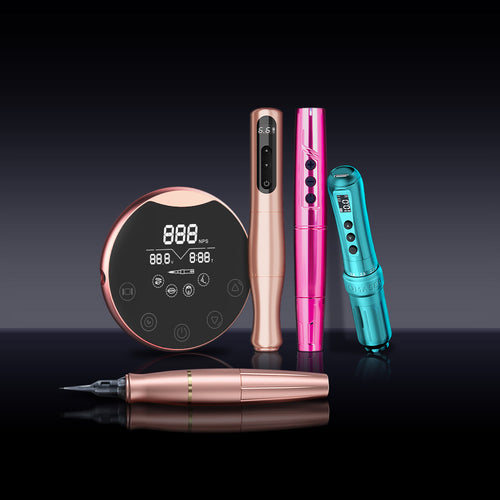
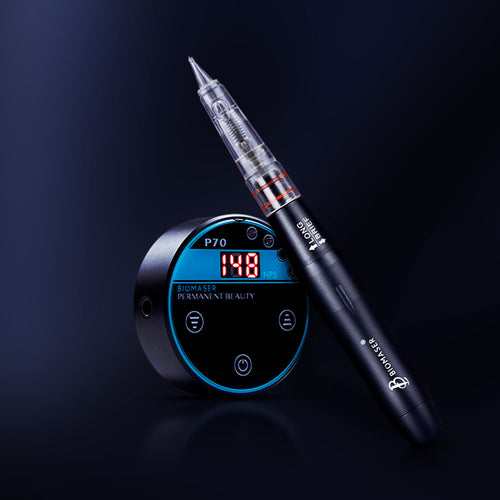
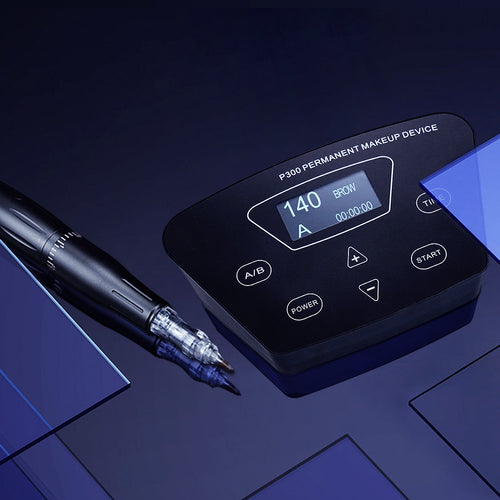
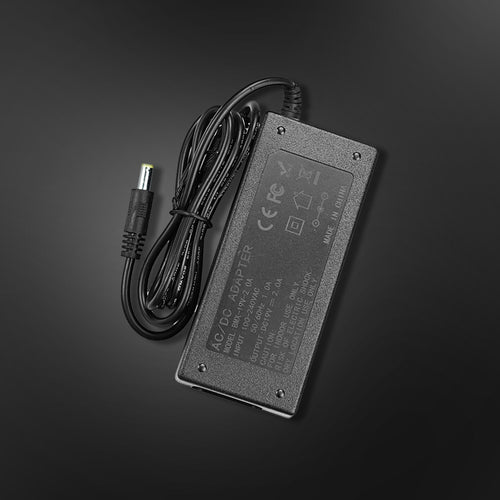
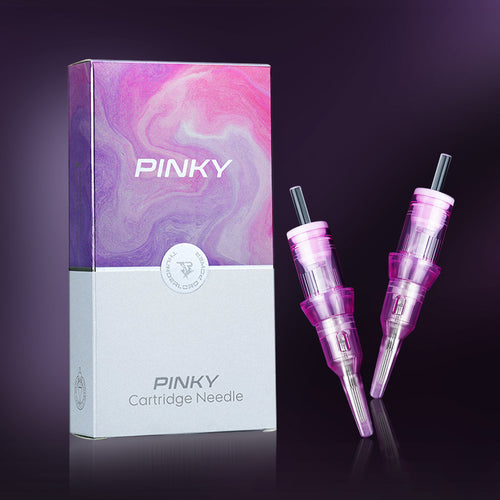
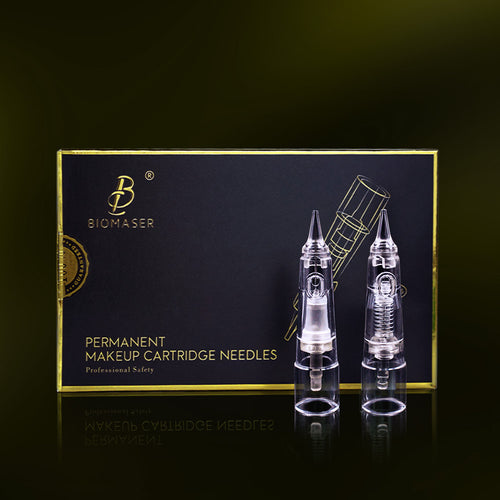
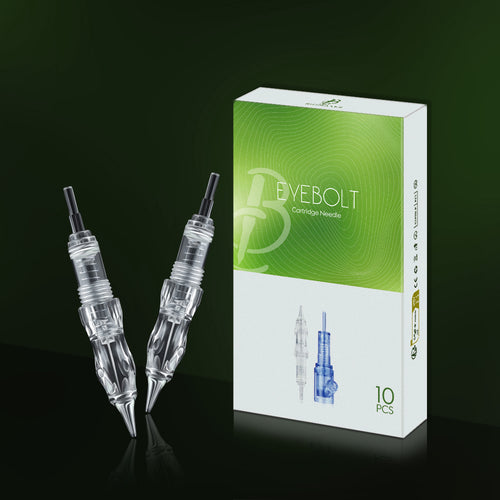

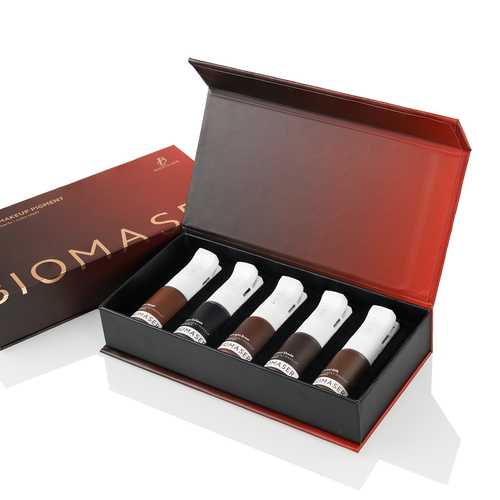
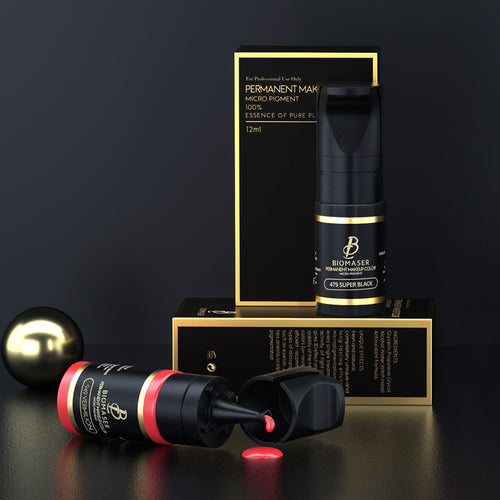

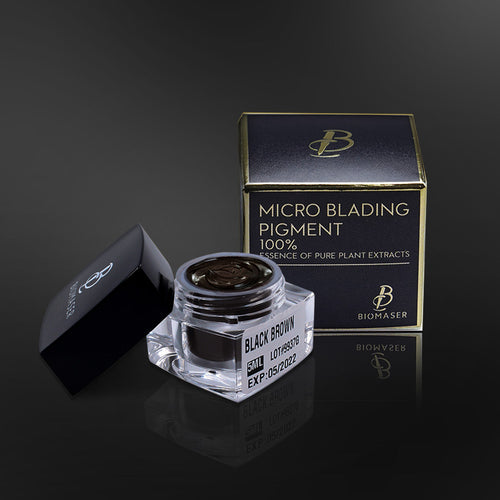
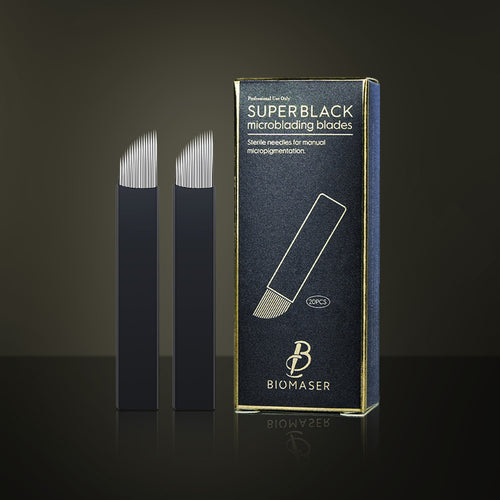
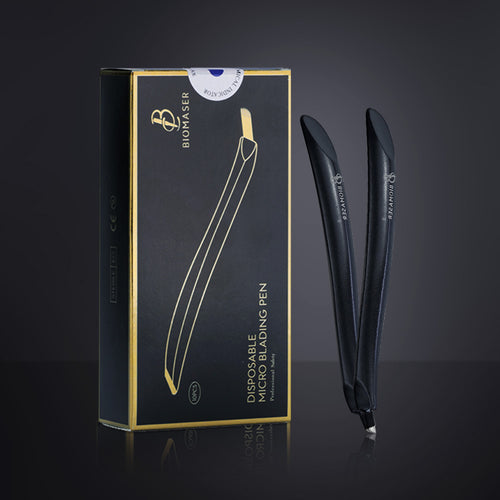
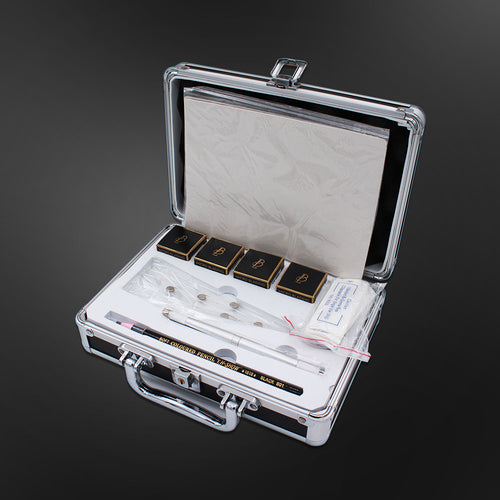
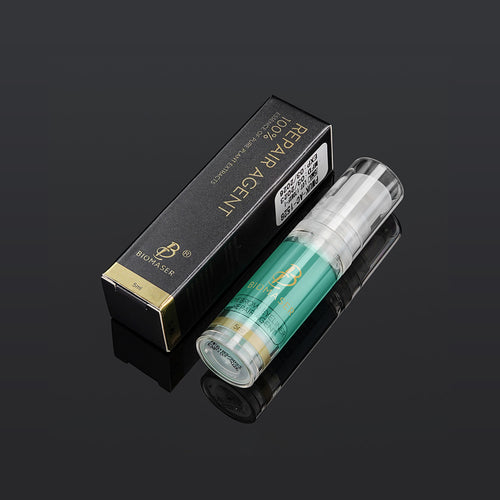
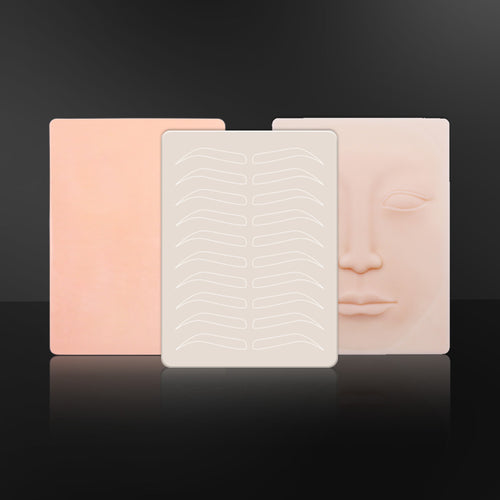
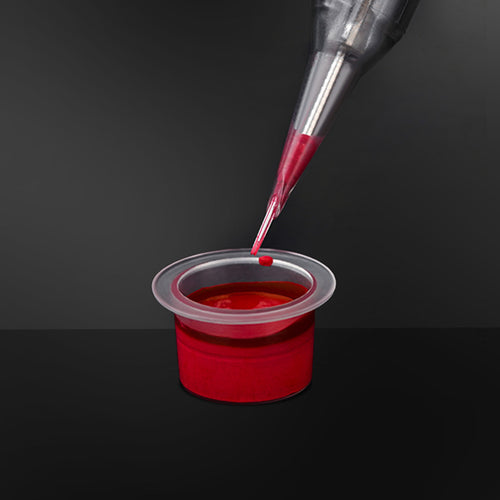
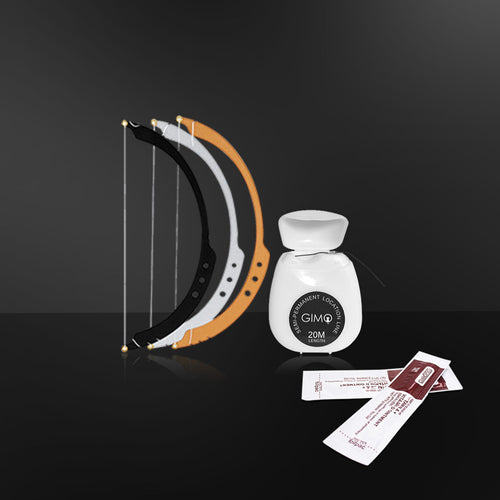
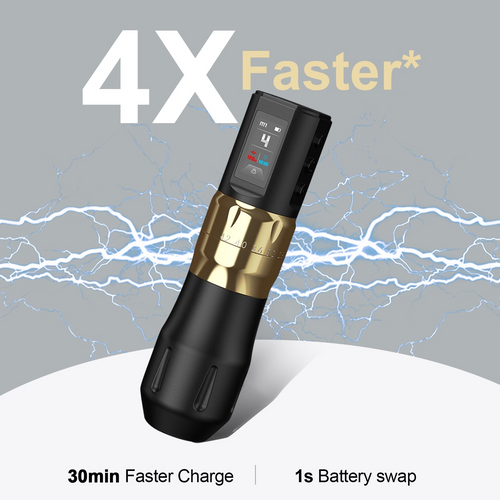
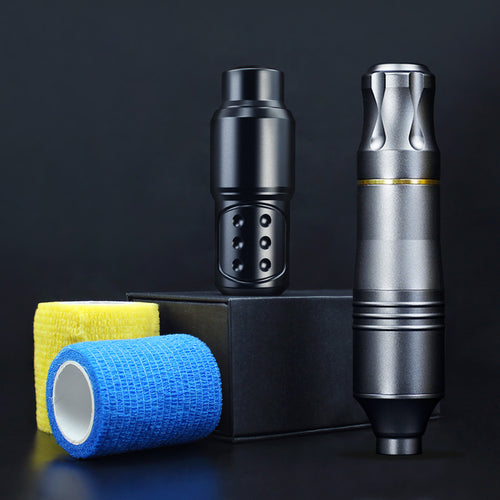
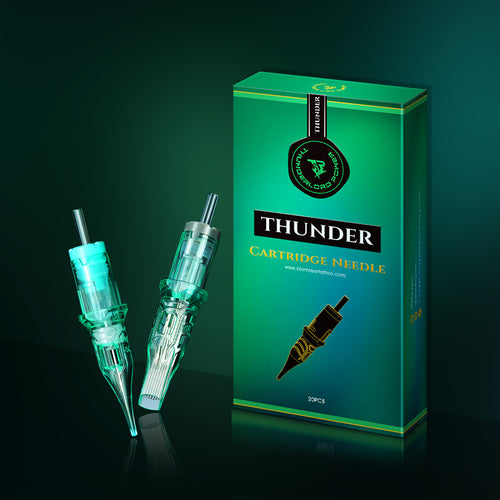
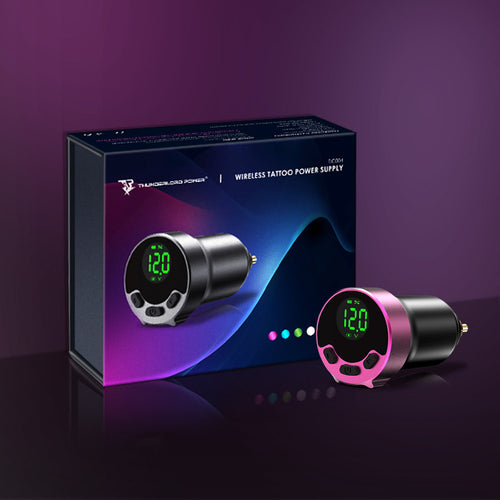
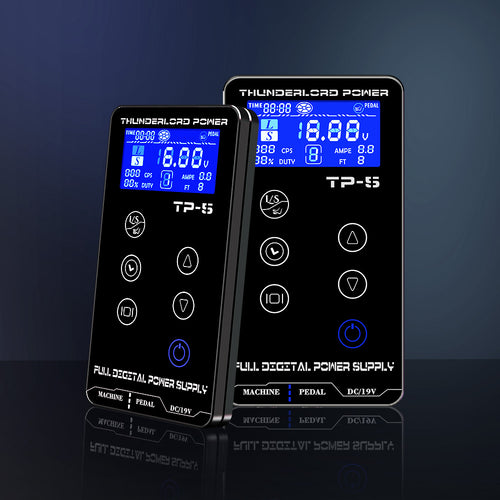
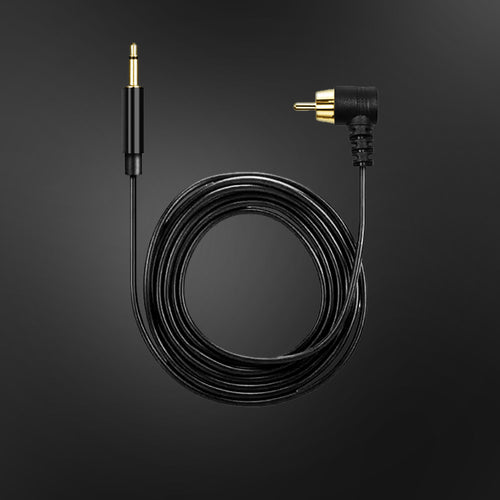
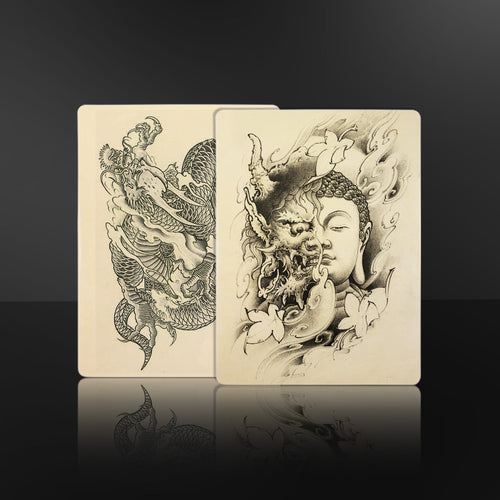

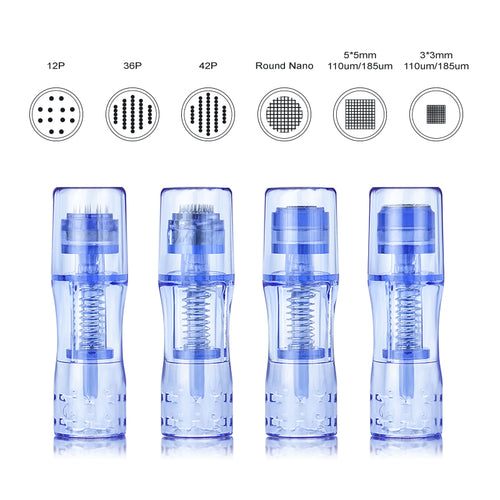

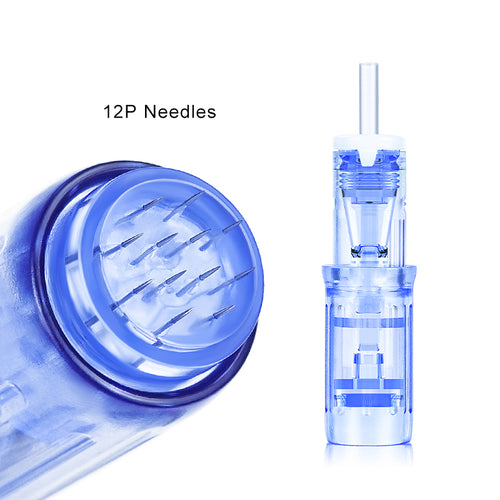
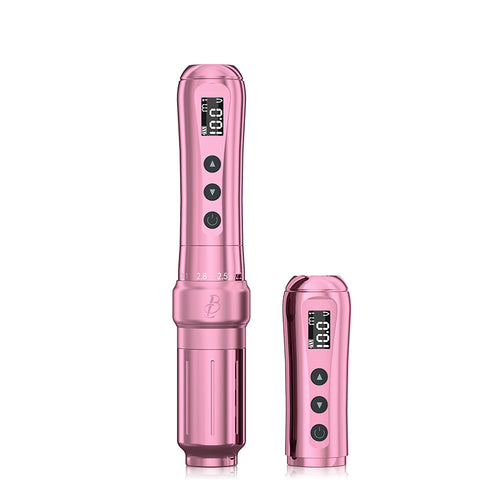
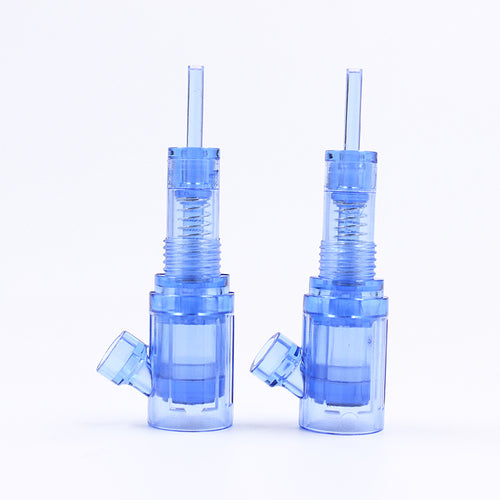
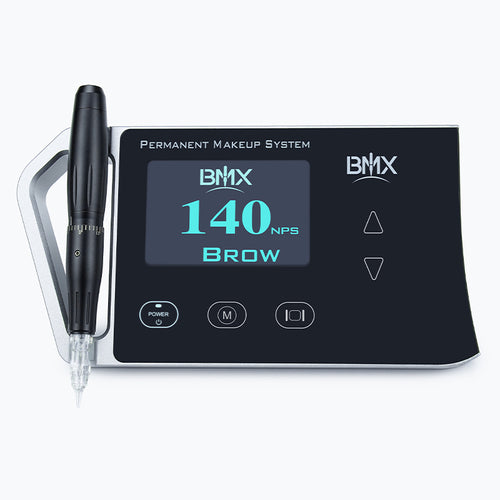
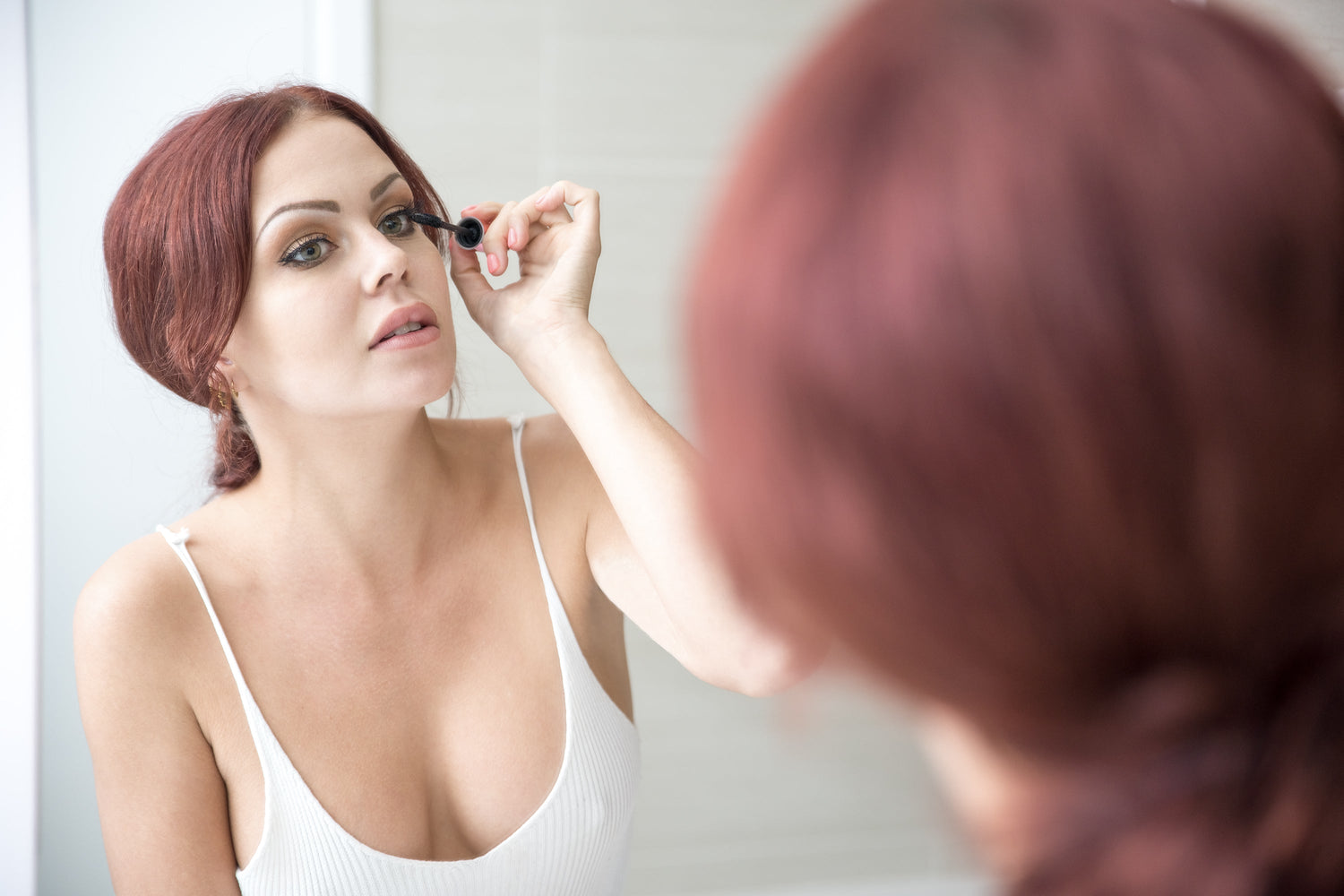
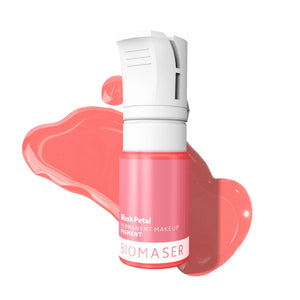

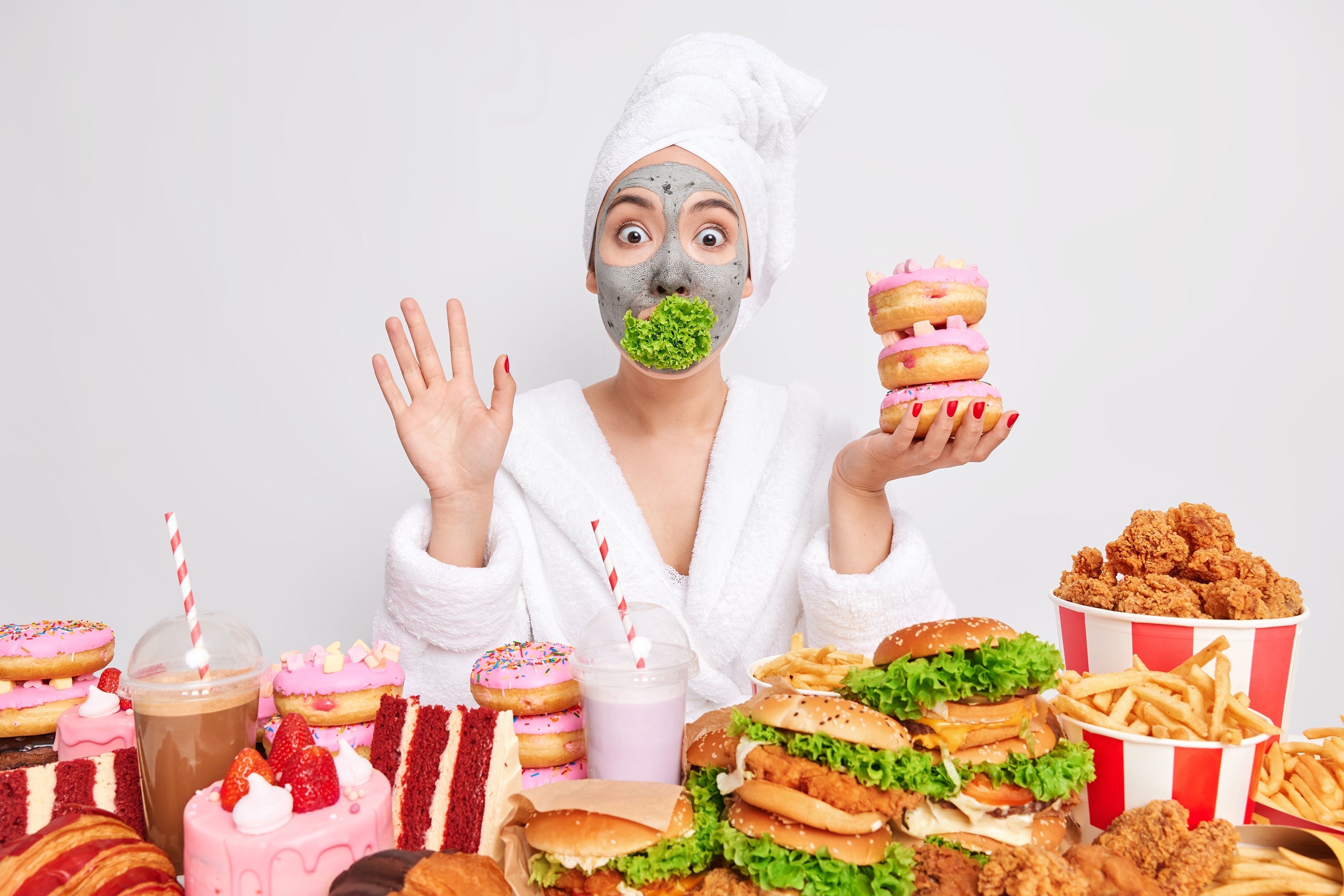

Leave a comment
Este site está protegido pela Política de privacidade da hCaptcha e da hCaptcha e aplicam-se os Termos de serviço das mesmas.